The American based company, American Robotics, is the first company within the United States to receive a blanket beyond visual line of sight (BVLOS) waiver from the FAA to operate their drones autonomously, without an operator, and beyond the parameters of visual line of sight restrictions in glass G airspace. This is a significant turning point for the industry because companies have previously been restricted to operate, under CFR Part 107 rules, which restricts the operation to happen within the visual line of sight of the operator or visual observers. As the rule currently stands, conducting operations that would go BVLOS requires more manpower which is costly to an operation. American Robotics will be the first company to conduct these operations for customers, research purposes, along with paving the road for future companies to build safe, reliable UAS platforms with beyond visual line of sight capabilities that meet regulatory standards and requirements.
The technology that has allowed American Robotics to achieve this milestone is a combination of their redundant systems, operational risk mitigation, and proprietary Detect and Avoid technology. Instead of using visual observers, lidar sensors, or ABS-C to avoid a collision with incoming aircraft, they use an acoustic microphone system to detect and triangulate incoming aircraft. This technology works by having a series of microphones on the unmanned aircraft which passively scans for specific frequencies that correspond with sound from aircraft engines and rotor noise(Anthony & Franklin. 2011). This allows the companies Scout System to sense and avoid aircraft, in real-time, which has entered its operational space. This technology has added another layer of safety and machine awareness to the Scouts Systems operational readiness, which paid dividends when evaluated by the FAA.
The Scout System, along with its advanced and redundant technologies, is designed to operate from a waterproof base station that is able to swap batteries, download and process data, and house the UAS until it’s ready for operation. Once installed in the field, this base station allows the Scout System to fly and collect data multiple times per day and potentially operate for long periods of time without any human intervention. This capability expands the current realm and operational range of drone applications ranging from routine infrastructure inspections for power and transmission poles, scheduled field inspections for crop or livestock analysis, and a multitude of other applications waiting to be explored.
This is a pivotal moment for the company, after working with the FAA for the last 4 years to test and prove their system can meet regulatory and operational requirements (). American Robotics has been able to prove to the FAA that their Scout System can integrate seamlessly and safely with the National Airspace System and conduct operations with little risk to manned aviators.


